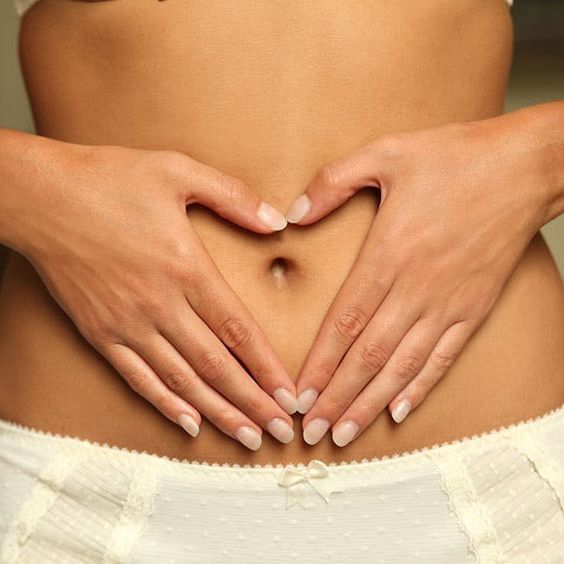Did you know that the menstrual products you choose can have a significant impact on your wellbeing? With so many options available, it's easy to overlook the safety and environmental consequences of what you’re using. From disposable pads and tampons to reusable cups and cloth pads, understanding the ingredients and materials in these products is essential for protecting both your body and the planet. Here are four key considerations to help you make informed choices for your health and comfort.
1. Types of Products: Reusable vs. Disposable
Menstrual products typically fall into two categories: disposable and reusable. Disposable products, such as pads and tampons, are popular because they are widely available, easy to use, and convenient to discard. However, these products often contain harmful chemicals and contribute significantly to environmental waste, as they are made with non-biodegradable materials.
In contrast, reusable products like menstrual cups, cloth pads, and period underwear are becoming increasingly popular. These products are designed for multiple uses, making them a much more sustainable choice. Menstrual cups, for example, are made from medical-grade silicone or rubber and can last for several years with proper care. Cloth pads and period underwear can be washed and reused, offering a safer and more eco-friendly alternative to disposable options.
2. Identifying Harmful Ingredients
It’s crucial to be aware of what’s in your menstrual products, as certain chemicals can pose risks to your health. Many disposable pads and tampons contain synthetic materials, fragrances, and even pesticides. These products are often treated with chlorine during manufacturing, leading to the presence of dioxins—a group of chemicals linked to health issues such as hormone disruption and reproductive harm.
To avoid these risks, opt for products made from organic cotton, which are free from synthetic chemicals and safer for your health. Similarly, menstrual cups made from medical-grade silicone or natural rubber are free from harmful additives, offering a healthier alternative to conventional tampons.
3. Choosing Sustainable Alternatives
The environmental impact of disposable menstrual products is substantial. Most of these products contain plastic components that can take hundreds of years to break down in landfills. A single menstruating individual can generate up to 200 kilograms (440 pounds) of waste from disposable period products over their lifetime. This plastic waste contributes to the growing problem of ocean pollution and environmental degradation.
By switching to reusable menstrual products, you can significantly reduce your environmental footprint. Menstrual cups, cloth pads, and period underwear are all sustainable options that minimize waste and help protect our planet.
4. Finding the Right Product for You
Choosing the right menstrual product is about more than just comfort— it’s also about safety and sustainability. By educating yourself about menstrual health, you can make more informed choices that benefit both your body and the environment. Finding the right product that meets your needs is a personal journey, so take the time to explore different options and prioritize what feels best for you.

